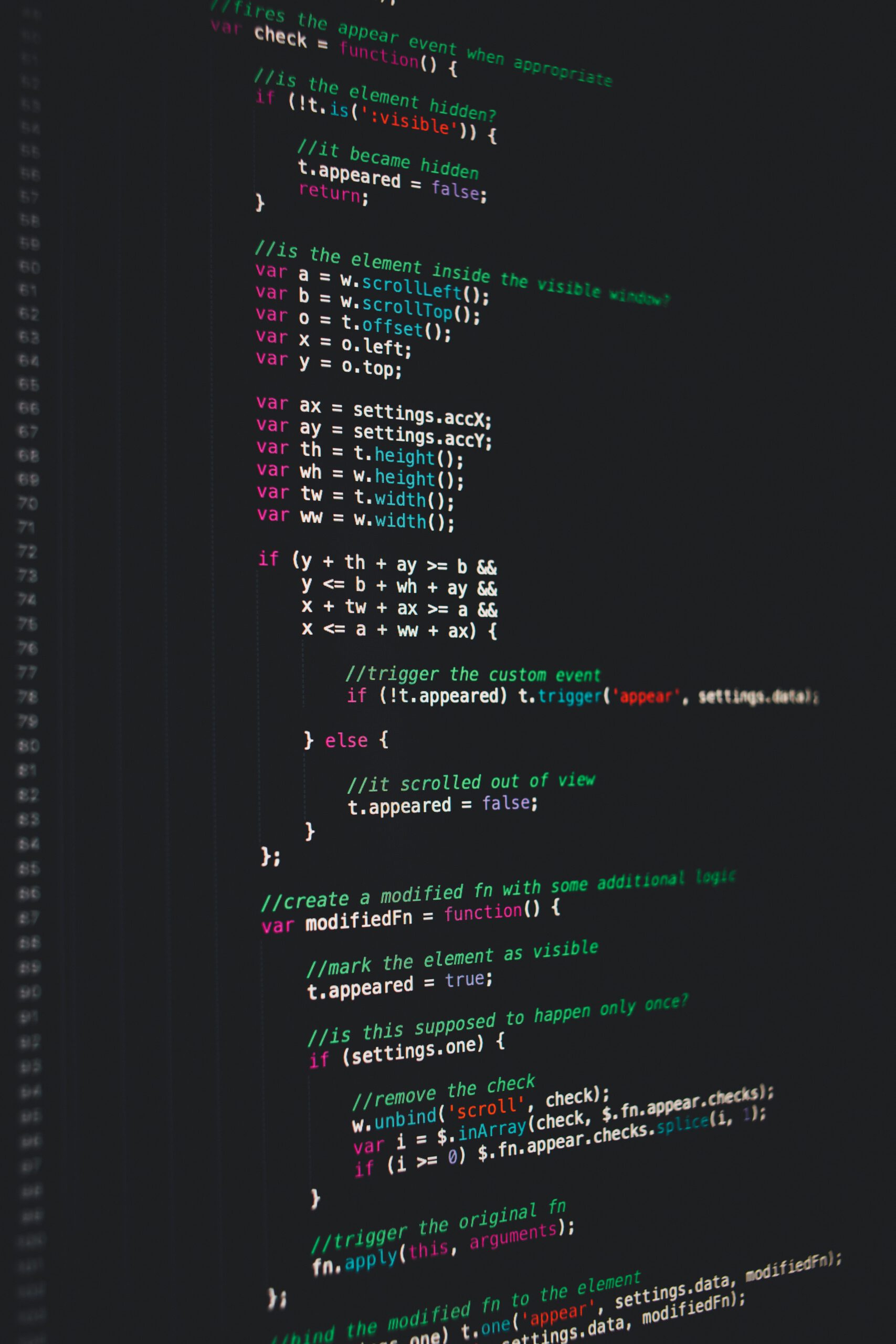Web design is the process of managing, conceiving, and arranging content on the internet. Website design nowadays involves more than looks; it also considers the website’s full functionality. Web design also develops web applications, mobile applications, and user interfaces.
Did you know that the way your website is designed can impact how well it performs in search engines like Google? This blog will teach you how to construct a website that looks attractive, functions, and ranks well in search engines.
Now we’ll look into the following topics:
- Finding Inspiration
- Choosing a Web Design Tool
- Visual Elements
- Functional Elements
- Web Design Types: Adaptive vs. Responsive
You may create a one-page website with limitless draught pages and access LiveWire’s extensive design options. Create a free website right now with our web design company Burlington
Finding Inspiration
Designers at our web development company Burlington are looking for new ideas. Here are a few of the finest places to start your creative process:
Choosing a Web Design Tool
Using desktop software or a website builder is the most common way to create a website. Our web site design agency team’s size, budget, the type of site you want to build, and technical requirements influence your tool.
1. Desktop Apps
Designers must create designs and provide them to developers who will code them. Popular desktop web design tools used by our web design company include Photoshop and Sketch.
The designer focuses on the appearance and feel. The development team addresses all technical difficulties. Changing resources, skill sets, and team members can be costly and time-consuming.
You can use a website builder to create a website from web designers near me with minimal technical requirements.
2. Website Builders
Today’s website builders offer a wide choice of options. Most popular website builders have varying designs, templates, and editing capabilities. Do your research, check out free trials, and select the ideal platform for your website.
They design adaptive or responsive websites. Learning website design tools’ capabilities and limits are crucial for non-coders. The most popular website platform, WordPress, has few customization options.
Determine your website’s requirements first: A photo gallery? When, if ever? Need a form? A website builder that helps you reach your goals.
Web Design Elements
When creating a website at web development Burlington, it’s vital to think about its appearance and functionality. You will improve the site’s overall usability and performance by merging these elements. Your site’s usability includes an easy-to-navigate interface, suitable visuals and images, well-written and well-placed text, and a color scheme. The visual elements speed, ranking, searchability, and ability to capture your target audience determine your site’s performance.
Visual Elements
Factors to consider when building your website to guarantee that everything functions nicely: written copy, fonts, colors, layout, shapes, spacing, videos, images, and icons. Each section of these visual elements will help you build a better website.
Functional elements
When designing your website, you must take navigation, user interactions, animations, speed, site design, cross-browser and cross-device compatibility functional features. A well-functioning website is essential for good search engine rankings and providing the most outstanding possible user experience.

Website Design Types: Adaptive vs. Responsive
Understanding the benefits and drawbacks of adaptive and responsive websites can aid you in deciding which website builder is ideal for your needs.
You may come across articles on the internet that discuss various website design styles (fixed, static, fluid, etc.). However, there are only two website types to adopt for effective website design: adaptive and responsive.
Adaptive websites
Adaptive web design Burlington creates many versions of a website for different screen sizes. Adaptive websites fall into two kinds based on how they detect the required size:
1. Adapts based on device type
While connecting to a website, your browser sends an HTTP request that includes a user-agent field to let the server know what device you’re using. The adaptive website will know which version to display based on the device accessing it (i.e., desktop, mobile, tablet). The page will not shrink to the new size if you shrink the browser window on a desktop.
2. Adapts based on browser width
No user-agent is used; instead, media queries and breakpoints are used to move between versions. You will have 1080px wide versions for desktop, tablet, and mobile, and this gives you more creative freedom and a better viewing experience as your website adapts to the screen width.
Responsive Websites
Using flexible grid layouts allows responsive websites to use elements that take up a percentage of their container regardless of screen size. Responsive websites can also use breakpoints to create custom looks for different screen sizes, but unlike adaptive websites, responsive websites constantly adapt to the screen size.
It’s worth noting that website builders at website design Burlington can incorporate adaptive and responsive capabilities. Some website designers near me, like LiveWire, just released a set of capabilities that allow your content to behave even if the website is still adaptable.
Conclusion
We hope you learn the basics of web design with this blog post. To summarize, the following elements are critical for a successful website designed at web design near me
Your users will judge whether your website is worth watching. Then choose a website builder that meets your demands. To avoid an overstimulating website that detracts from the concepts you wish to communicate, keep text, photos, multimedia, and color scheme balanced.
Web design is the process of creating and presenting websites on the internet. Rather than software development, it refers to the user experience components of website creation.

